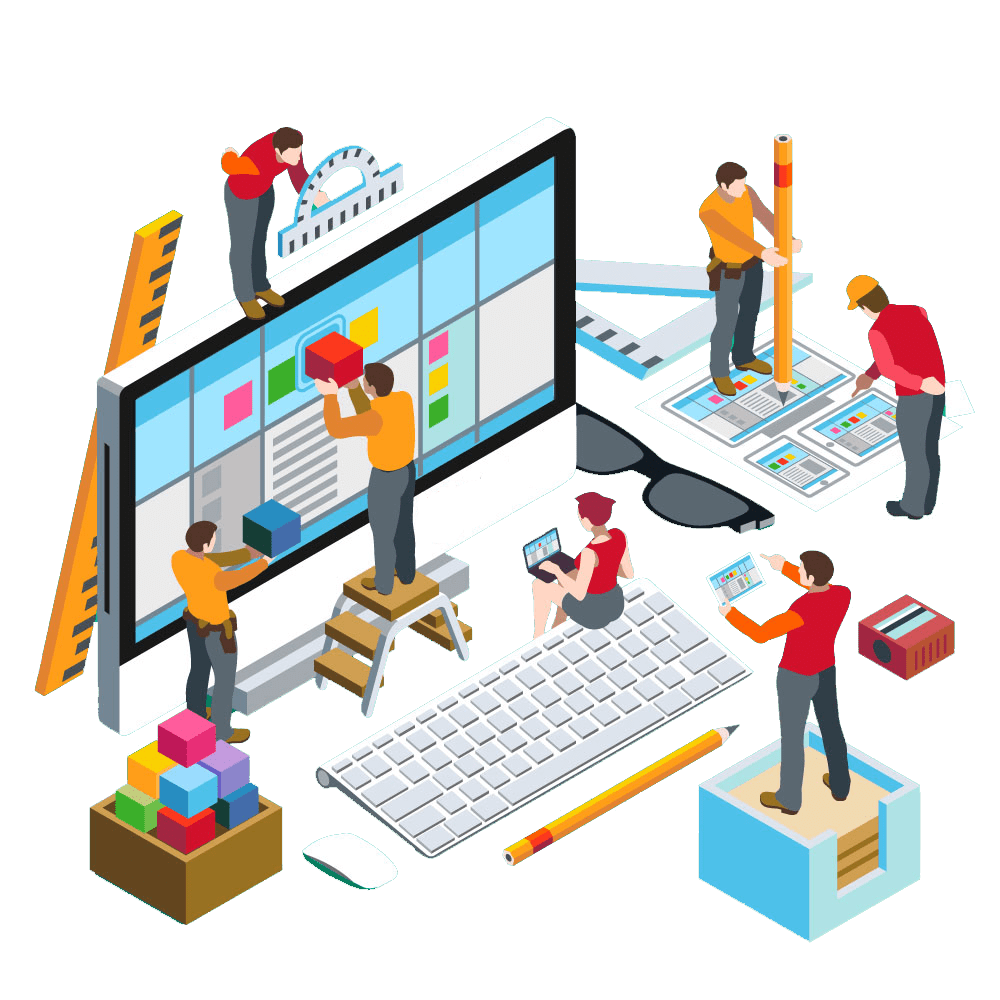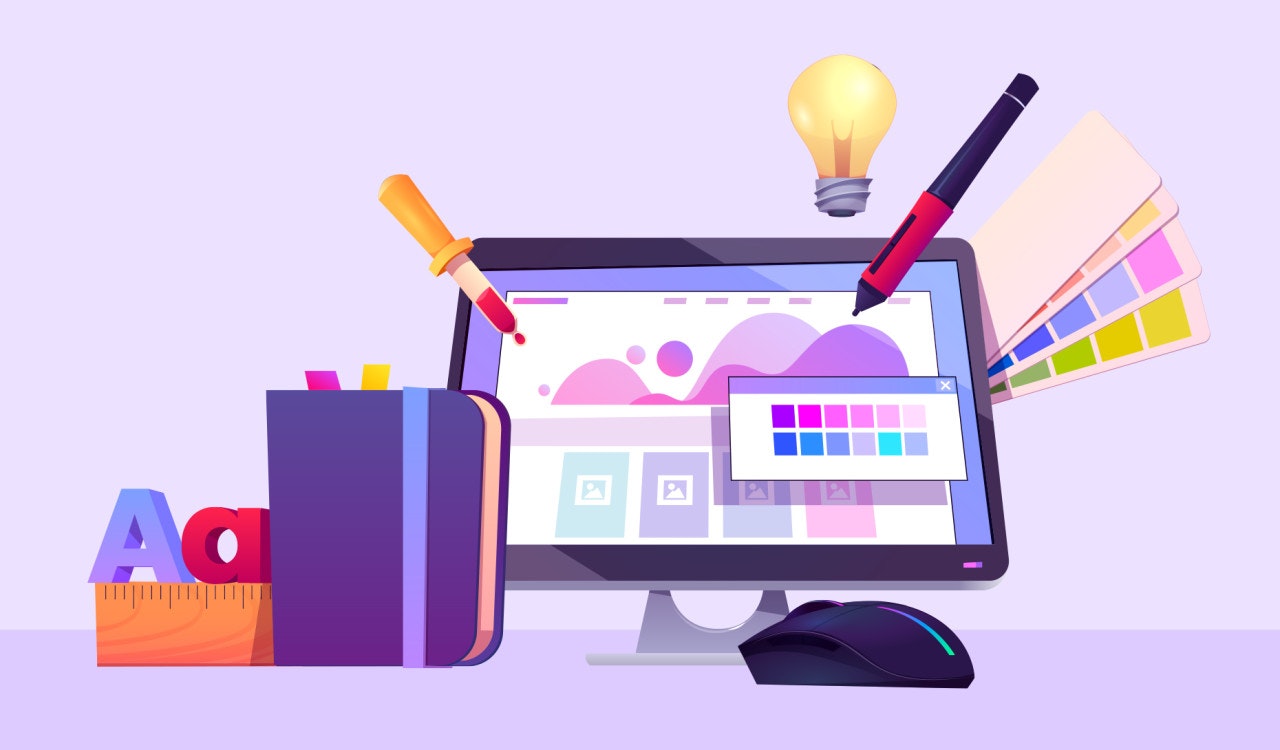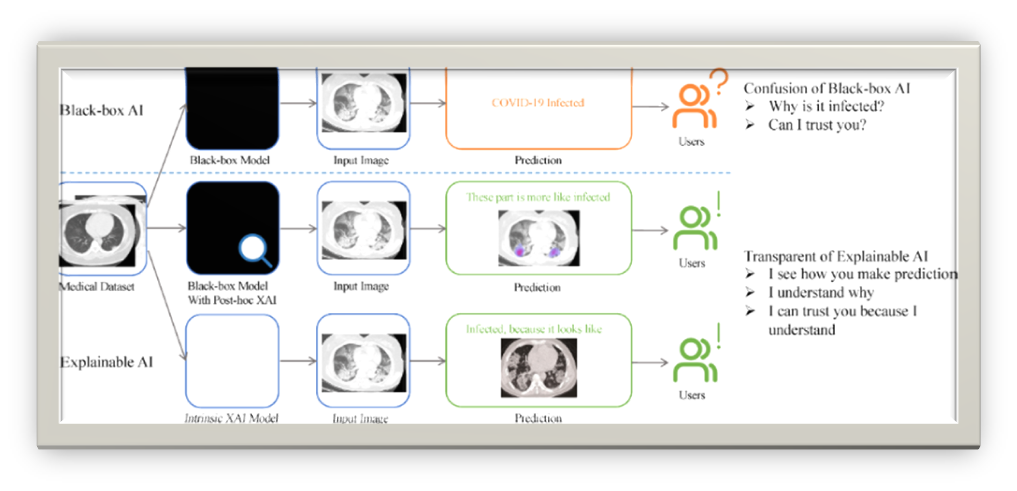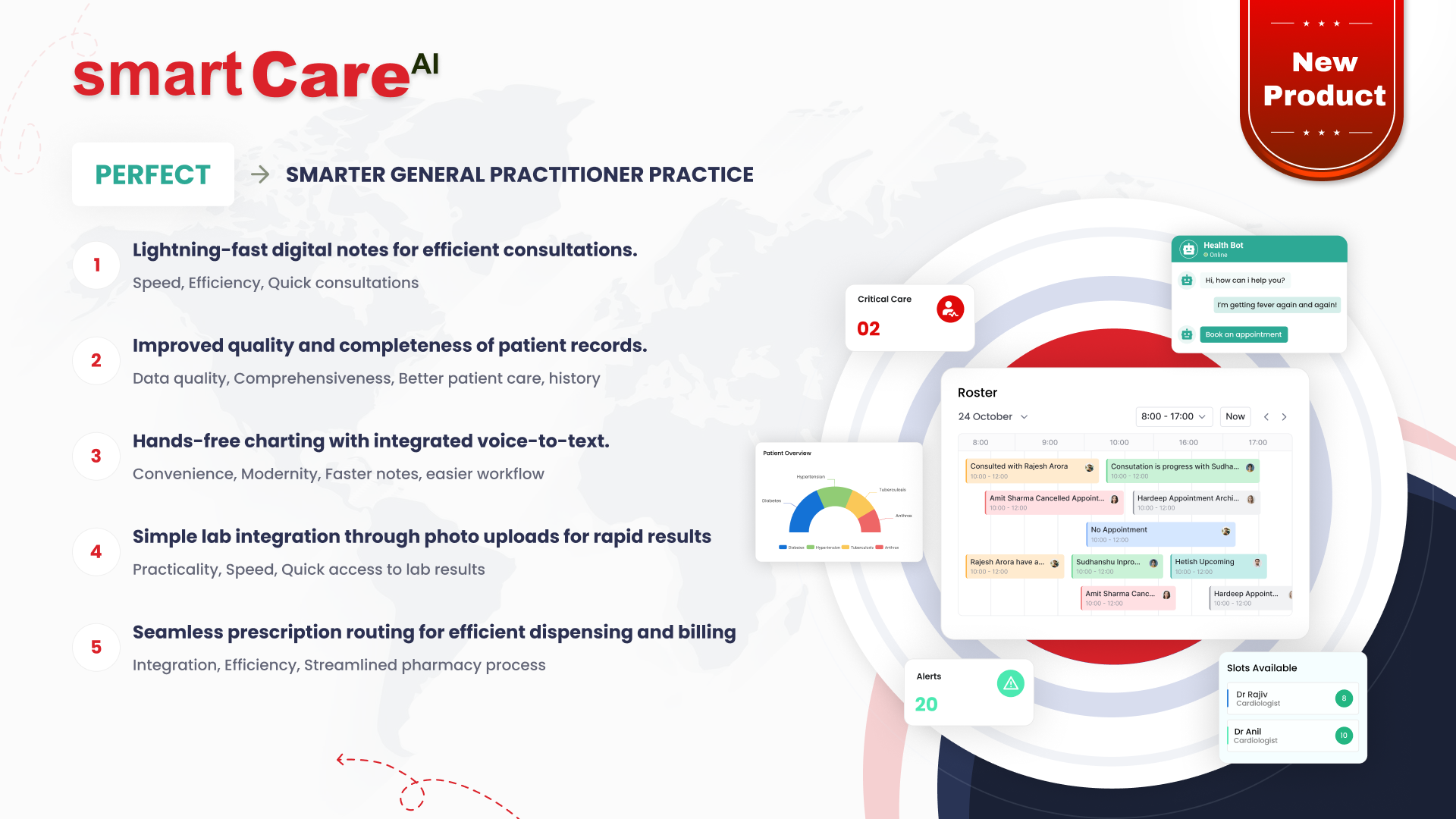These common challenges can make even the most promising projects fall short during delivery. Here are some strategies you can follow to address these issues and ensure a smooth and successful project rollout.
1. Clear requirements and planning
-
Scope clarity
Always start with clear requirements. Open ended and poorly written requirements often leads scope creep, delays and budget overrun. To overcome this delivery issue, have regular calls/discussions with your client particularly at the initial stages of the project . Try to understand what client wants and then document those requirements. By ensuring everyone in your team understands the goals and deliverables from the outset you can avoid many potential issues.
-
Define realistic timeline
Timelines which look good on paper however don’t account for real world challenges are surely going to fail the project. Always create schedule which captures all phases of SDLC including ample time for testing, deployment and unexpected hiccups (e.g. resource unavailable, delayed feedback from customer) etc.
2. Effective communication
-
Regular updates
Always provide regular updates to all stakeholders to keep them informed. Nobody likes surprises. Misinformation at different levels leads to goals misalignment. Regular information flow is critical to right decision making.
-
Collaboration tools
Use different project management tools like Jira, Asana, Trello, Basecamp, ClickUp, Notion, ACE project etc. Selecting right tool depends upon different factors like how comfortable your client is with that tool, ease of use, available features, integration with other tools, complexity of your project etc.
3. Agile Methodology
-
Iterative Development
Follow agile practices to break down larger project into small manageable parts. This allows you to speed up delivery time, faster feedback cycle and most importantly early validation from the client on the project. With timely feedback from client on the deliveries you can easily do the course correction at the early stages which also results in large scale rework at the later stages.
-
Daily stand ups
Daily meetings with all stakeholders helps team know immediate priorities. Additionally, any potential blockers/risks can be found early and effective mitigation strategies can be employed to address those.

4. Streamlined testing process
-
Automation testing
Speed up the testing cycles through automation testing. In addition to saving time it also helps in reliability of your code and finding bugs at the early stages.
-
CI/CD pipeline
Having CI/CD pipeline integrated can result in faster delivery cycles with well tested automated test cases. Trust me this will save you a lot of hiccups which you have to go through if you go with manual deployment approach. Your release cycles will be short and reliable.
5. Client Involvement
-
Regular demos
Having regular weekly demos with client helps in ensuring that deliverables are in alignment with expectations of the client. This helps in capturing early stage feedback resulting in final product which requires very less final tweaks. Having regular demos is far better than sharing builds with clients and asking them to test it in isolation.
-
Be flexible
Be flexible to the changes which client might share during demos and early stage feedback. This would be result in more satisfactory final product delivery.
6. Resource Management
-
Matching skills
It’s always important to have matching skilled resources based upon the complexity of the project. This not only includes the technical skills however domain expertise as well. At times we plan good technical resource with little to no domain expertise which also derails your project plan.
-
Training & development
Continuous learning keeps your team at the forefront of any technology and best practices. Training should not only include technical aspects however it should include other aspects as well like domain know how, leadership grooming etc.
7. Risk Management
-
Identify risks early
Have regular risk assessment during project lifecycle. This helps you to identify risks early. Early intervention can lead to better planning.
-
Risk mitigation
You should have risk mitigation strategies in place to deal with different types of risks. Early preparedness can prevent risks from becoming project threatening.
8. Post Delivery Support
-
Documentation
Having proper documentation of the project can help you to reduce future development efforts and delivery delays. It also helps end users in effectively using the platform.
-
Maintenance and upgrades
Ongoing support and maintenance ensures that your product remains functional and relevant. This also helps in building long term relationships with your clients.
By following these practices you can overcome common project hurdles and ensure on time quality delivery to your clients. These strategies not only improve productivity but also ensure client satisfaction and helps you build good reputation of your organization in ensuring ‘on time every time’ mantra that I like to follow.
During the early 2010s, flat design became a popular trend, signifying a shift away from the realistic, everyday-world-inspired design known as skeuomorphism, which had been dominant in the previous decade.
Flat design prioritized simplicity, clean lines, and bold colours, discarding unnecessary playful patterns and flairs for a more streamlined aesthetic.
Some of the Brands like Microsoft and Apple implemented flat designs in there operating system as well following the minimalist design
Introduction of smartphones
The introduction of smartphones, such as the iPhone by Apple and Android devices, has been a real game changer in the design world. As a result, the challenge for designers in creating designs for multiple resolutions has also grown. Responsive design has become necessary for careful consideration in both website and mobile views.
As the mobile-first approach became prominent, the thinking and the process has changed, prioritizing mobile interfaces.
As trend is changing designers have got another challenge of upgrading the software’s, system and adapt some new tools to start using.
Prototyping
Prototyping has also been introduced in last decade while making interaction in designs before it move to development part and so many software’s introduced to do prototyping work like Invision, Sketch, Adobe XD. These applications are very helpful for making interactive flows

Adobe came up with Adobe XD so designer can design mockup for different sizes of mobile and web at one place rather than creating different files in Photoshop and can do prototyping of different flows as well in same platform.
Typography came with change while creating font icons and variable fonts which resulted in flexibility and faster page load times. With variable based fonts you can change size and weight as per requirement with single font file.
Web fonts support has revolutionised the space for designers to choose font from an unlimited web font library.
In our modern world of endless information, data has become super important in design. It is all about presenting complex information in a visually engaging way. By using cool data visualizations and interactive elements, designers can make it easier for users to understand and engage with content, making it more relatable and accessible.
Advancements in AI and automation have completely transformed the design process, offering an array of tools and solutions that not only streamline workflows, but also amplify creativity. Designers now have the ability to harness AI-powered tools, enabling them to delve into new prospects and bring their visions to life
Design will keep pushing boundaries by using new technologies and adapting to the changing needs and preferences of audiences worldwide.
Innovation in fintech is flourishing around the world, and it’s not just technological advancement rather making financial services more accessible, convenient, and secure. In recent years, India has also seen significant innovation in fintech, driven by the combination of technological advancement, supportive government policies and regulatory support makes it towards digital economy. Here are some notable innovations in Indian fintech projects:
Here are some notable innovations in Indian fintech projects:

-
Banking for everyone
Fintech companies are playing a crucial role in bringing banking services to every people, specially in those are not required to come bank for small small things. automated teller machine (ATM) and currency vending machines are the innovations by fintech to providing services to those area, where there are not many banks.
-
UPI (Unified Payments Interface)
UPI was launched by National Payments Corporation of India (NPCI). It is a digital payment method enabling instant fund transfers between bank accounts via mobile phones. Sending money through phone has become popular, and many apps are using it too. This has been a big advancement in fintech.
-
Aadhaar enabled Payment System or AePS
It is again a product of the house of National Payments Corporation of India (NPCI), Aadhaar card holders now can make payments, transfer funds, make withdrawals, deposit cash and other bank related activities by using Aadhaar based authentication.
-
Digital Wallets
Fintech companies like Paytm and PhonePe let you store money electronically in your phone, like in purse. You can use it to pay for things online and in stores, and some even let you pay bills, shop online, or even invest.
-
Microfinance and Peer-to-Peer Lending apps
Companies in the fintech industry are making it easier for people to get loans who otherwise might not qualify at a regular bank. This includes small loans, borrowing money from people directly, and getting loans for things like phone bills. Mobikwik and CRED are the leading such companies in the fintech category and providing loans to more people who are needed.
-
AI based investment advisory apps
Fintech startups have introduced AI based investment advisory services that use algorithms to provide personalized investment advice based on user preferences. This is making investing more accessible to retail investors. Sensibull, Zerodha Kite, Upstock, Angle broking and 5paisa are a few examples.
-
Blockchain and Cryptocurrencies
Cryptocurrencies have seen regulatory challenges in India. Blockchain technology is not only about cryptocurrency. Fintech companies are using it for tracking products for supply chain industries as well as making contracts which can’t be modified or tempered with. Some of the cryptocurrencies app in India are WazirX, CoinDCX
-
Fintech in insurance sector
The insurance industry is changing with the adaptation of the fintech industry. New online platforms, AI that helps process claims faster, and personalized insurance plans based on your situation are all making things smoother policybazaar.
-
Credit Scoring and Lending
Specialised tech tools are being created to help banks to follow regulations easily and affordably. Cibil a credit information company helps bank to follow the guidelines and check credit history of the borrower. Many companies like paisabazaar share credit rating to individuals and help their customers to get bank loans.
-
Sharing financial information safely
New initiatives are making it easier and safer to share your bank information with financial institutions. This will allow for even more innovative financial products and services in the future.
These new fintech innovations not only meet the changing needs of people but also help the overall economy grow. They are making it easier for peoples to manage their money and improving the entire financial system.
We at smartData Enterprises pride ourselves on our cutting-edge IT solutions, but even the most awesome product needs a solid strategy to truly take off. That’s where business consultants like me come swooping in, like business growth superheroes.
Think of them as veterans who’ve seen it all, from bootstrapped startups to industry giants. They bring a treasure trove of experience to the table and can be a game-changer for your company. Here’s why I truly believe consultants can be your secret weapon:
- Fresh Eyes, Fresh Ideas:
We all get stuck in our own routines, right? Consultants come in with a clear, unbiased perspective, helping you identify areas for improvement you might have completely missed. They’ll challenge the way you’ve always done things and spark creative solutions you wouldn’t have dreamed up on your own.
- Expertise on Demand:
Stuck on marketing automation? Need to revamp your sales process? Consultants are specialists in various areas, offering an incredible depth of knowledge that can be a goldmine for your business. They can share best practices from across different industries, giving you an edge over the competition.
- Strategic Planning Powerhouse:
Growing a business requires a roadmap, clear as day. Consultants can be your partners in crime, helping you define your goals, craft a winning strategy, and create a step-by-step plan to make it all happen. They’ll also help you anticipate roadblocks and adjust course when needed, keeping you on the path to success.
- Market Mavens:
Staying ahead of the curve is crucial in this fast-paced world. Consultants have their fingers on the pulse of the latest trends and technologies. They can help you understand your target market on a deeper level, identify new opportunities, and adapt your approach to stay ahead of the game.
Listen, I’m not saying you need a business consultant, like me, for everything. But for those times when you need that extra push, a guiding hand, or a fresh perspective, proper & good consulting can be a total game-changer.
So, if you’re looking to propel your business to the next level, consider partnering with us at smartData Enteprises, where we provide a guided consultation to your business needs. It could be the smartest investment you ever make!
The integration of digital solutions offers numerous benefits that can transform business operations, enhance productivity, and drive growth.
The following are some of the benefits of developing and integrating the digital solutions in the business:
- Increased Operational Efficiency:
Automation of processes is the key to increase operation efficiency of a business. By automating routine tasks, businesses can streamline processes, reduce errors, and save valuable time.
- Better decision making:
Digital tools enable better data management and analysis, facilitating informed decision-making and identification of trends so that businesses can swiftly respond to market changes. Using the advanced analytics and business intelligence platforms allow businesses to gather, analyze, and interpret vast amounts of data in real-time.
- Enhanced customer experience:
Digital platforms like Chatbots provide businesses with opportunities to interact with customers more effectively, offering personalized experiences and timely support. Chatbots can help businesses to get direct customer feedback, capture intents which can help businesses to improve their offerings.
- Enhance communication and collaboration:
Tools like Microsoft teams, Slack, and Zoom enable employees to work together seamlessly, regardless of their physical location. This flexibility not only fosters teamwork but also supports remote work, which has become increasingly important in the post-pandemic era.
- Cost savings:
Cloud computing, for instance, reduces the need for physical infrastructure and lowers maintenance costs. Businesses can scale their operations up or down based on demand without significant capital investment.
In conclusion, the benefits of digital solutions for businesses are vast and multifaceted. By leveraging these technologies, companies can enhance efficiency, make better decisions, improve collaboration, engage customers more effectively, and achieve significant cost savings, ultimately driving long-term success and growth.
Modern UI Trends –
- Immersive scrolling
The latest trend in UX design is immersive scrolling, which aims to engage users and captivate them with the site’s content while guiding them through information in a narrative style. Immersive scroll experiences utilize images, videos, graphics, and sound design to immerse users in the content and present information in a more dynamic manner.
- Bento box design
The concept of Bento box came with its unique attributes of Efficiency, segregation, and attractive presentation. Using grids (3X3, 4X4) of different shapes with different sizes being assembled to create aesthetically attractive webpages. Some folks says its came from Japanese culture of balanced meal option they commonly use and some says apple promotional video promoted this.
- Minimalism
Minimalism is about keeping the design simple and clutter-free. It focuses on essential elements and removes anything unnecessary. This makes it easier for users to find what they need without being overwhelmed by too much information.
- Dark and light modes
With the emergence of Dark and light modes, we have seen significant change in designing applications nowadays. Significantly this has increased the user comfort and accessibility instead of traditional bright interfaces. These modes provides visually soothing colors and reduces the amount of light emitted by the screen, providing a comfortable browsing experience. This definitely add challenges for development as they have to take care of various elements like colors, typography and images while implementing the designs.
- Micro-Interactions
Micro interactions are small interactive animations/moments in UI that make product more intuitive and guide users. These interaction enhance UI while making elements engaging and enjoyable. Micro interactions can be used for icons, buttons, loaders, Chatbots, gamified animations. It helps in overall experience of product and turn good product into great product.
- 3D and animated visual elements
Making the experience smoother, interactive and more engaging 3D interactive objects are incorporated into the website.
- Gamification
For boosting engagement of website people started using game like elements into non-game environment. To motivate users using rewards like badges, points and gamifications elements implementation. Gamification is a modern strategy used in UX design to meet the increasing need for interactive and engaging digital experiences.
- Voice User Interface (VUI) Integration
Hand free interaction help users to engage with app without physical interaction and it will accessible to physical disable persons as well. VUI also works faster than typing commands.
- Mission and Vision:
Defining your north star is an essential part. For businesses, this destination is embodied by a well-defined mission and vision. The mission statement clearly outlines your core purpose – the problem you solve or the value you deliver. Your vision, paints a picture of your long-term aspirations, where you see your business in the future. A strong mission and vision serve as your roadmap, informing every decision you make and ensuring all your efforts are aligned towards a common goal.
- The Key to Relevance:
Your customers are the lifeblood of your business. To survive, you need a deep understanding of their needs, wants, and the challenges. Thorough research is needed to delve into their demographics, behaviours, and pain points. Actively engage with your customers through surveys, focus groups, and social media interactions to gather real-time feedback. By prioritizing customer understanding, you can ensure your offerings remain relevant and address their evolving needs.
- Talent Fuels Growth:
Surrounding yourself with a talented team is crucial for achieving long-term success. Seek out individuals who possess complementary skills and share your vision. Look for those who bring not only expertise but also a passion for learning and collaboration. By fostering a team environment built on open communication, mutual respect, and continuous learning, you empower your team to reach their full potential and drive innovation.
- Staying Ahead of the Curve:
The business landscape is constantly evolving. The strategies that worked yesterday may not be effective tomorrow. Successful businesses are those that embrace agility and innovation. Cultivate a culture that encourages creative thinking, experimentation, and a willingness to take calculated risks. Be open to adapting your approach based on market trends and customer feedback. This agility allows you to seize new opportunities, maintain existing business and allows you to stay ahead of the competition.
- Conclusion
Building a successful business is a continuous and slow process. Defining your purpose, understanding your customers, building a strong team and embracing innovation you can equip your business with the tools it needs to steer the ever-changing topography and achieve desired growth. The journey to success is paved with continuous learning and adaptation. So, stay informed and curious, be willing to experiment.
Explainable AI in Healthcare Industry
The integration of Explainable AI (XAI) in healthcare is transforming how we understand and trust AI decisions in critical medical contexts. XAI offers transparency in AI-driven diagnostics and treatment recommendations, empowering healthcare professionals with insights into the AI’s reasoning processes. This transparency is crucial for patient safety, ethical standards, and compliance with regulatory requirements. As we leverage AI to enhance diagnostic accuracy and personalized treatment plans, XAI ensures these technologies are accessible, comprehensible, and accountable. The ultimate goal? To build a healthcare system where AI’s revolutionary potential is matched by a deep trust in its decisions, fostering better patient outcomes and more informed clinical practices.

However, many businesses struggle to leverage technology effectively, often due to a lack of understanding or fear of change. leveraging technology is no longer optional—it’s essential for sustainable growth and competitive advantage. Whether you’re a small startup or an established enterprise, strategic adoption of technology can propel your business forward. Following are some key insights on how to leverage technology effectively for business growth:
Assess Your Current Position
Before embarking on any technological transformation, take stock of your existing tools and systems. Understand what works well and where there are gaps. Consider factors such as:
- Legacy Systems:
Are outdated systems hindering productivity?
- Costs:
Are you overspending on licenses or maintenance?
- User Experience:
How user-friendly are your current tools?
Fix Your Future Goals and Vision
Technology should align with your business objectives. Clearly articulate your growth vision and identify strategic gaps. Ask these questions yourself:
- What Are Your Goals?:
Is it revenue growth, market expansion, or increase in operational efficiency?
- Where Can Technology Help?:
Can automation streamline processes or enhance customer experiences?
Build Your Technology Roadmap
A roadmap ensures a structured approach to technology adoption. You can consider these 3 points:
- Prioritization:
Areas which need immediate attention?
- Integration:
How would new tools fit into your existing ecosystem?
- Communication:
Keep stakeholders informed about the journey.
Establish Your Implementation Strategy
Successful adoption requires planning:
- Change Management:
Prepare employees for the transition.
- Training:
Ensure all knows how to use new tools.
- Feedback Loop:
Continuously gather insights for improvement.
Measure Key Performance Indicators
Quantify the impact of technology:
- Efficiency Metrics:
Are processes faster and smoother?
- Customer Satisfaction:
Has technology enhanced user experiences?
- Growth Metrics:
Monitor revenue, customer base, and market share.
Revise and Adapt
Technology evolves rapidly. Stay agile:
- Feedback:
Listen and users and adapt
- Stay Updated:
Keep an eye on emerging trends.
- Optimize:
Regularly review and refine your roadmap.
Conclusion
Leveraging technology totally about strategic alignment. Embrace digital transformation as a continuous journey—one that empowers your business to thrive in an ever-changing landscape.
Our journey started with a small team with a big vision in our mind of “Scaling Expectations,” which we have achieved by expanding our reach and diversifying our offerings supplemented with unparalleled customer services. During this journey we have consistently pushed our boundaries to embrace technological advancements, innovating new ways to improve and adapt to the ever-changing needs of our clients.
We believe that our clients are the cornerstone of our success. Providing exceptional service to our clients has been our top priority, and we have worked tirelessly to ensure that every client receives the attention, support, and solutions they need. Our customer-centric approach has earned us trust and loyalty, and we are grateful for the lasting relationships we have built.
Our success story is incomplete without acknowledging the invaluable contributions of our dedicated employees. Their expertise, and firm belief in organization vision have always been a driving force behind our achievements. Together we have built a culture of 3Bs (Big Collaboration, Big Thinking and Big Communication), 3Rs (Right Mindset, Right Technique and Right Talent) and 3Cs (Customer Centricity, Credibility and Commitment) in our organization which has resulted in all the success for the past quarter of a century.
That said, we are thankful for the hard work and dedication of our team, the trust of our clients, and the support from our partners who have brought us thus far. As we look beyond, we find ourselves committed to continuously pushing our boundaries, exploring new technological frontiers, be innovative and delivering exceptional services to our customers for many years to come.
